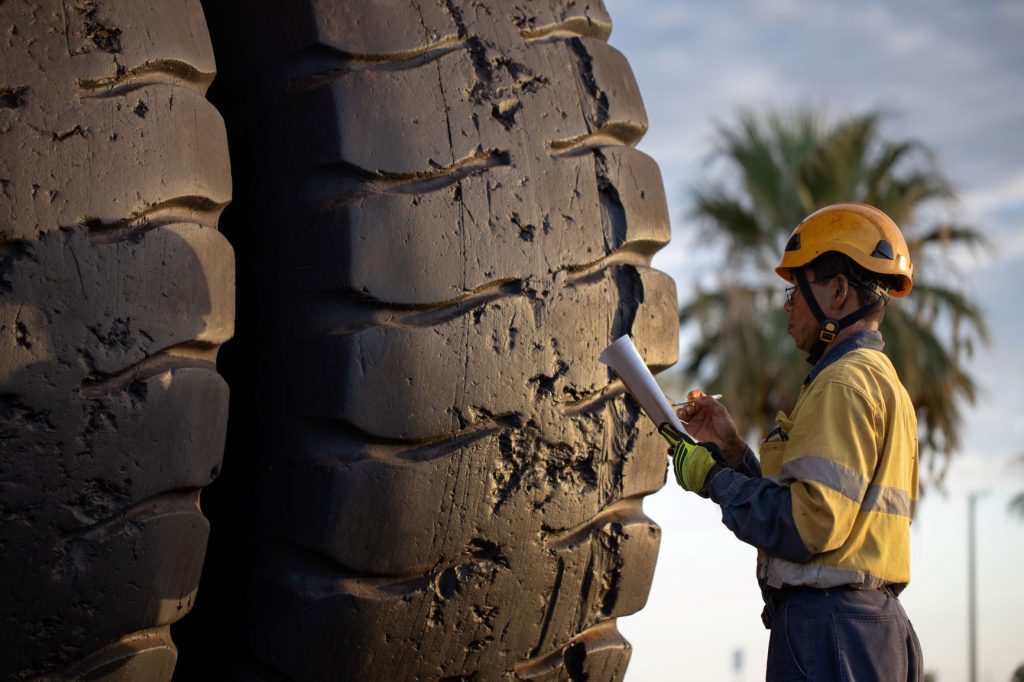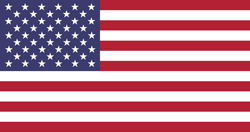Do’s
A miner should always:
- Check tires and rims–
- Prior to mounting for damage or defects.
- After mounting to see if they are properly seated.
- Inspect the flange and side ring to make sure they are correctly positioned.
- Inspect all clamps and wheel nuts —
- For wheel vibration due to loose nuts.
- For loose clamps that can cause rim slippage or detachment of the rim and tire from the vehicle.
- Replace all damaged or weak parts.
- Check for metal cracks, dents and signs of metal fatigue.
- Check for —
- Excessive ring butting and side ring play.
- Mismatched rim parts.
- Replace all severely rusted rims.
- Check all rims for excessive corrosion which could cause weakness.
- Check for proper fitting of all rings due to potential build up of rust.
- Inflate all tires in a safety cage —
- To prevent injury from a flying ring.
- To prevent injury from a flying piece of metal due to a weak rim part.
- Deflate tires prior to demounting.
- Check for damage to rim and rings.
- Check for an unseated ring.
- Remove the tire by deflating it first, if the ring appears to be unseated.
- Remove the valve core to ensure complete deflation

Don’ts
A miner should never:
- Work carelessly.
- Always follow standard operating procedures for a given tire and rim task.
- Take unnecessary chances.
- Always be sure of the proper procedure of mating rim and wheel parts.
- Always ask questions of a more knowledgeable miner or distributor if there is a question regarding a certain tire and rim procedure.
- Operate a vehicle on a single tire of a dual assembly.
- Always inflate both tires to recommended balanced pressures before operating the vehicle.
- Always check the capacity of each tire to determine if it is being exceeded.
- Exceed the load rating of the tires.
- Always make sure rims are not cracked or go out-of-round.
- Always increase the tire ply rating or size, or both, if the vehicle is to have excessively heavy loads.
- Always use correct size rims for certain tire sizes.
- Always stay within the specific tire pressure.
- Use undersized tires.
- Always check for chafing, pinching and premature failure of rim due to undersizing.
- Always check for bead or sidewall failure of the tire.
- Take one manufacturer’s rims and mix with another manufacturer’s rims.
- Always match component parts and rims by make, size, and type.
- Take a flat tire and reinflate it without first carefully inspecting the complete tire, wheel assembly, and rim for unsafe conditions.
- Always inspect the lock ring for potential damage as well as making certain it is secure in the gutter before inflation.
Source: https://www.msha.gov/





